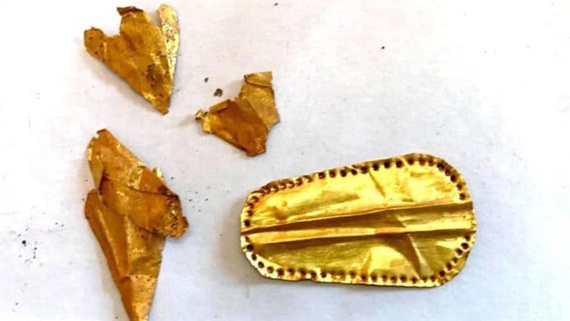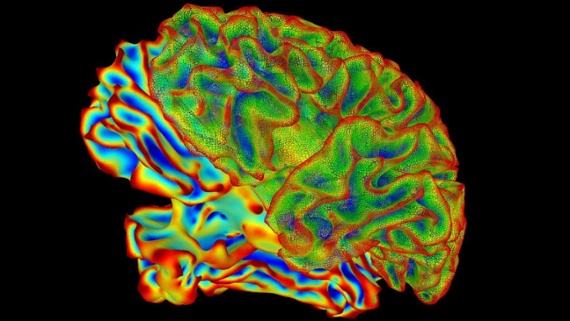|
This site is an experiment in sharing news and content. Almost everything here came from email newsletters.
Sponsor
2022/12/01
Wormhole simulated in quantum computer could bolster theory that the universe is a hologram
Labels:
Science


@
09:17
Subscribe to:
Post Comments (Atom)
Label Cloud
Technology
(1464)
News
(793)
Military
(646)
Microsoft
(542)
Business
(487)
Software
(394)
Developer
(382)
Music
(360)
Books
(357)
Audio
(316)
Government
(308)
Security
(300)
Love
(262)
Apple
(242)
Storage
(236)
Dungeons and Dragons
(228)
Funny
(209)
Google
(194)
Cooking
(187)
Yahoo
(186)
Mobile
(179)
Adobe
(177)
Wishlist
(159)
AMD
(155)
Education
(151)
Drugs
(145)
Astrology
(139)
Local
(137)
Art
(134)
Investing
(127)
Shopping
(124)
Hardware
(120)
Movies
(119)
Sports
(109)
Neatorama
(94)
Blogger
(93)
Christian
(67)
Mozilla
(61)
Dictionary
(59)
Science
(59)
Entertainment
(50)
Jewelry
(50)
Pharmacy
(50)
Weather
(48)
Video Games
(44)
Television
(36)
VoIP
(25)
meta
(23)
Holidays
(14)
Popular Posts
-
Dress them up, snap a pic, and you could win big! ͏ ͏ ͏ ͏ ͏ ͏ ͏ ͏ ͏ ͏ ͏ ͏ ͏ ͏ ͏ ͏ ͏ ͏ ͏ ͏ ͏ ͏ ͏ ͏ ͏ ͏ ͏ ...








No comments:
Post a Comment
Keep a civil tongue.